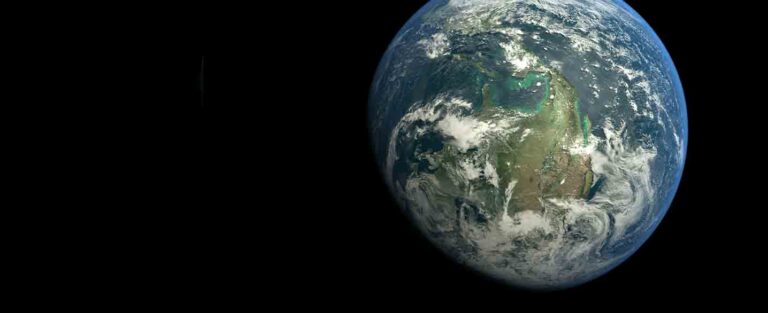This article is an up-to-date model of one of all PRB’s most popular features: estimating the wide variety of human beings who’ve ever been born. We first made this estimate in 1995 and have been updating it now and again when you consider that then.
Calculating the answer to the query “How many humans have ever lived on Earth?” is complicated. To begin, while we to start with wrote this newsletter back in 1995, “modern” Homo sapiens (this is, people who had been kind of like us) had been idea to have first appeared around 50,000 BCE. Had walked across the earth. Discoveries now endorse that cutting-edge Homo sapiens existed plenty earlier, around 2 hundred,000 BC. This primary change in our understanding of human lifestyles prompted new calculations and consultations with experts, ensuing in estimates that some 117 billion individuals of our species may have ever been born on Earth.
Click on this prozgo
How did we attain this wide variety? Dudley Poston Jr., a distinguished demographer at Texas A&M University, extended our authentic evaluation to 190,000 BC. And estimated at approximately 8 billion births in 190,000 BC. And 50,000 BC. Taking Poston’s numbers under consideration, we come to our revised estimate of 117 billion people born from a hundred ninety,000 BC. We additionally estimate that through 2050 another four billion births will grow the wide variety of people living on Earth to approximately 121 billion.
Certainly, counting the number of people who’ve ever lived is a part of technological know-how and an element of art. No demographic statistics exist for more than ninety nine% of human existence. Nevertheless, with a few assumptions about population length at some stage in human history, we are able to get a hard estimate of this quantity.
You should know about the population of oahu
How Is The Global Populace Disbursed Around The World?
One way to apprehend the distribution of people around the sector is to improve maps of the world, now not by using region but via populace.
It is proven here in a populace cartogram: a geographic representation of the arena where the dimensions of nations are drawn no longer through the distribution of land, but by using the distribution of people. The cartogram indicates wherein the worldwide populace was at domestic in the world in 2018.
The cartogram is made of squares, each of which represents half 1,000,000 people of us of a’s population. Eleven. Five million Belgians are represented by using 23 classes; forty-nine. Five million Colombians are represented by way of 99 training; In China, 1.415 billion humans are represented by 2830 training, and in 2018 the entire global populace of 7.633 billion people is represented with the aid of a complete 15,266 classes.
As this map suggests population size in place of area size, you may see a few big variations whilst you examine it to the standard geographic map we’re maximum acquainted with. Smaller nations with higher population densities have a tendency to boom in size in this cartogram relative to international maps – take a look at Bangladesh, Taiwan or the Netherlands. Large international locations with small populations generally tend to cut back in size (search for Canada, Mongolia, Australia, or Russia).
You can discover more approximately this cartogram in our explainer: ‘The map we need if we want to reflect on consideration on how the country of world existence is changing.
Which Countries Are The Most Densely Populated?
Our information about the sector is often fashioned by way of geographic maps. But it would not tell us anything about where international humans stay. To understand this we have to take a look at population density.
On the map, we see the number of human beings in line with square kilometers (km2) around the world.
The average population density globally is 61 humans per km2, but there are considerable variations between countries.
Many of the sector’s small islands or remoted states have large populations for their length. Macau, Monaco, Singapore, Hong Kong, and Gibraltar are the 5 maximum densely populated. Singapore has about 8,000 human beings in step with km2 – 2 hundred instances extra than in the US and 2000 instances greater than Australia.
Among the larger nations, Bangladesh is the most densely populated, with 1,252 humans consistent per square kilometer; It is almost 3 times as dense as its neighbor India. It is accompanied by the aid of Lebanon (595), South Korea (528), the Netherlands (508), and Rwanda (495 in line with km2) completing the top 5.
Are we preparing for a global population increase? Experts are divided
According to some researchers, a growing population can cause problems.
Explore and reveal how global governance is affecting economies, industries, and worldwide problems
crowdsourced innovation
Join our crowd-sourced digital platform to deliver a big effect
stay up to date:
worldwide governance
The United Nations says that there could be about eleven billion people on Earth by the stop of the century.
But a new study indicates this is not the most likely situation and is projected to decline over and over simply after mid-century.
